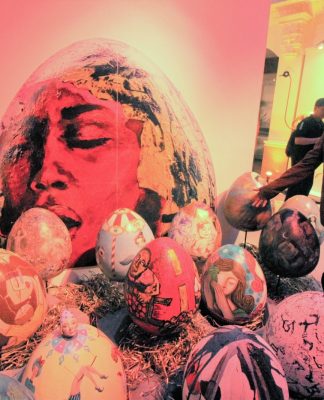Examining bodies and toxic substances may seem morbid, but for forensic scientists and medico-legal experts, this is their bread and butter.
As in the hit television series CSI (Crime Scene Investigation), forensic scientists and medico-legal experts deal with DNA fingerprinting, residue analysis, ricochet dynamics, among others, to prepare and preserve evidence to be used in court and other legal proceedings.
Today, few Filipinos—let alone, Thomasians—are able to work in this field. But Thomasian Jane Ameline Villegas has been with the Los Angeles Police Department (LAPD) since 1989, doing the job that Filipinos and millions of other televiewers around the world dream of doing.
Upon graduating from high school, Villegas was prompted by her mother to take up Nursing in UST—only to realize she was two inches short of the height requirement. Dismayed, she lined up for the BS Chemistry program instead. It was the shortest line then, but she was unaware that this would take her a long, long way.
For Villegas, studying something you lack interest in or inclination for can be burdensome. But her good study habits and outstanding professors helped Villegas survive the challenge. Her favorite subject was actually organic chemistry.
In her senior year, she became a research trainee at the Research Center of the University of Santo Tomas, now known as the Research Center for the Natural Sciences.
After graduating in 1979, Villegas worked for the National Historical Institute where she helped conserve national relics, architectural landmarks, old churches, and historical memorabilia, a practice that was “only starting in the country then.”
She started her formal career as a forensic scientist in 1989. After topping the U.S. government qualifying exam, Villegas became a trainee for the Los Angeles Police Department (LAPD), handling actual crime scene investigations.
According to her, life in the crime lab is somehow different from the hit television series, CSI.
“Solving the puzzle is not a quick, all-the-chips-falling-into-place-at-once (work) like in CSI. There is a huge collaboration of minds, from collecting, documenting, establishing chain-of-custody to disprove contamination of the evidence, up to its scientific analysis,” Villegas told the Varsitarian through e-mail.
Villegas was part of the team that investigated the celebrated “OJ” Simpson murder case, where the American football superstar was acquitted for the murder of two persons including his wife. However, she said her team could not find enough evidence to support the case.
Today, Villegas works as a drug analyst under the LAPD Narcotics Analysis Unit.
Being a forensic scientist may not be Villegas’ first choice, yet she did not close her door to surprising possibilities.
“As the wise say, we must welcome each opportunity that knocks our door, strive to be the best we can be, and aim for success,” Villegas said.

















